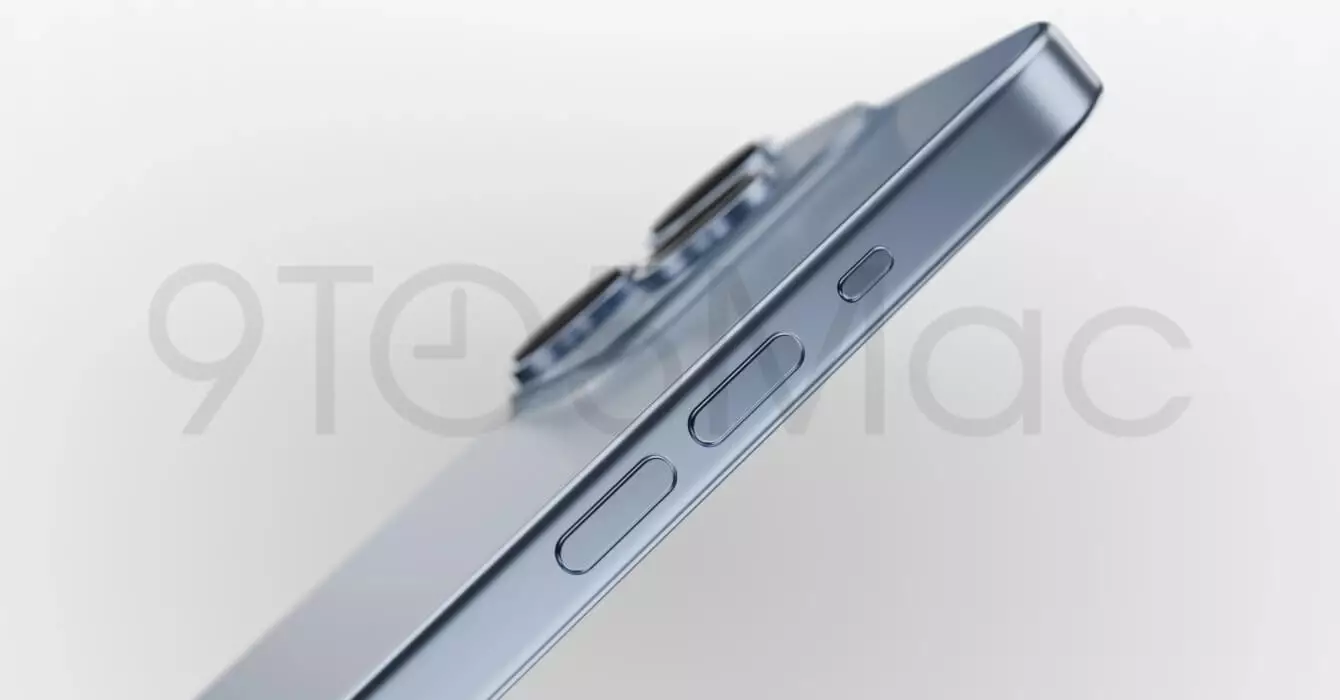
A well-known Apple analyst Ming-Chi Kuo forecasts that Sony will face semiconductor capacity constraints until 2025. These limitations are attributed to the adoption of stacked design CIS (Complementary Metal-Oxide-Semiconductor Image Sensor) in the upcoming iPhone models.
The incorporation of this advanced technology is set to bring a revolutionary change in smartphone photography and videography, offering improved image and video capture capabilities.
Furthermore, Apple has ambitious plans for its forthcoming iPhone lineup, which will consist of two standard models the iPhone 15 standard models and the iPhone 16 Pro. These devices will feature cutting-edge stacked-designed CIS technology.
As demand for stacked design CIS grows, Will Semiconductor (Will Semi) is poised to face heightened competition. The tight high-end CIS capacity at Sony, driven by its adoption in the iPhone 16, opens an opportunity for Will Semi to secure more orders from Chinese smartphone brands, thereby boosting its market growth.
Despite facing a decline in CIS shipments in the first half of 2023 due to inventory issues, Will Semi is optimistic about a strong recovery in the second half of the year, with a projected year-on-year growth of approximately 8%.
The limited capacity at Sony creates a favorable situation for Will Semi to expand its market share in the high-end CIS segment. The company foresees a 35% year-on-year increase in shipments during the second half of 2023. Looking ahead to 2024, a total CIS growth of 15-20% year-on-year and a high-end CIS growth of 40-50% year-on-year are expected, indicating significant sales and profit growth from the second half of 2023 onwards.
With this latest report, we can anticipate substantial camera improvements in the upcoming iPhone models. Additionally, the sensor segment as a whole is expected to experience growth driven by the rising demand for stacked design CIS.








